Sugar can be found in surprising places, even in savory foods. Many items in your pantry may have more sugar than you think, making it easy to consume more than you realize. Common condiments like ketchup and barbecue sauce, along with foods that seem healthy, such as granola and flavored yogurt, often have added sugar to improve taste. This hidden sugar can accumulate quickly and affect your overall health.
By being aware of these foods, you can make more informed choices and lower your sugar intake. Even everyday items like canned soup, bread, and peanut butter can contain unexpected amounts of sugar, turning regular staples into sources of extra sweetness. Stay informed and take charge of your diet by discovering 15 foods that are surprisingly high in sugar.

Ketchup

Ketchup is a popular condiment that many people enjoy on burgers, fries, and sandwiches. However, what many don’t realize is that it is loaded with sugar. Just one tablespoon of ketchup can contain up to 4 grams of sugar, which adds up quickly when you pour it generously over your food. This sweetness is often used to balance the acidity of tomatoes, but it can also contribute to a significant amount of sugar in your diet, especially if you use it frequently. Being aware of this hidden sugar can help you make better choices when it comes to condiments.
Barbecue Sauce
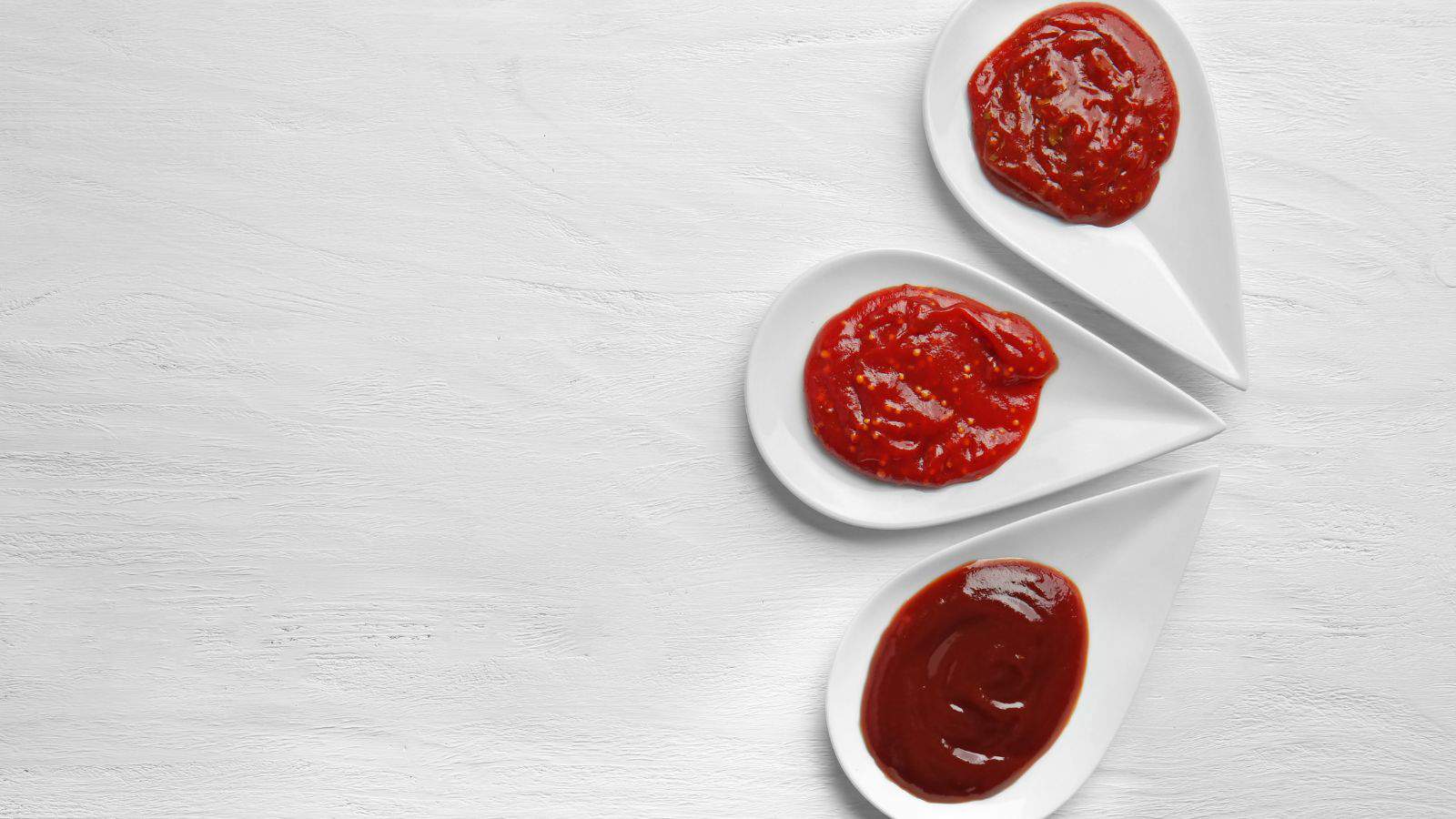
Barbecue sauce is often used to enhance the flavor of grilled meats and vegetables, but it can be surprisingly high in sugar. Many brands contain more than 16 grams of sugar per serving, which can turn a savory dish into a much sweeter meal than expected. The sweetness in barbecue sauce is often a result of added sugars, such as high fructose corn syrup, which can mask the overall flavor of the sauce. When using barbecue sauce, it’s important to check the label to understand how much sugar you’re adding to your meal, especially if you’re trying to reduce your sugar intake.
Salad Dressing
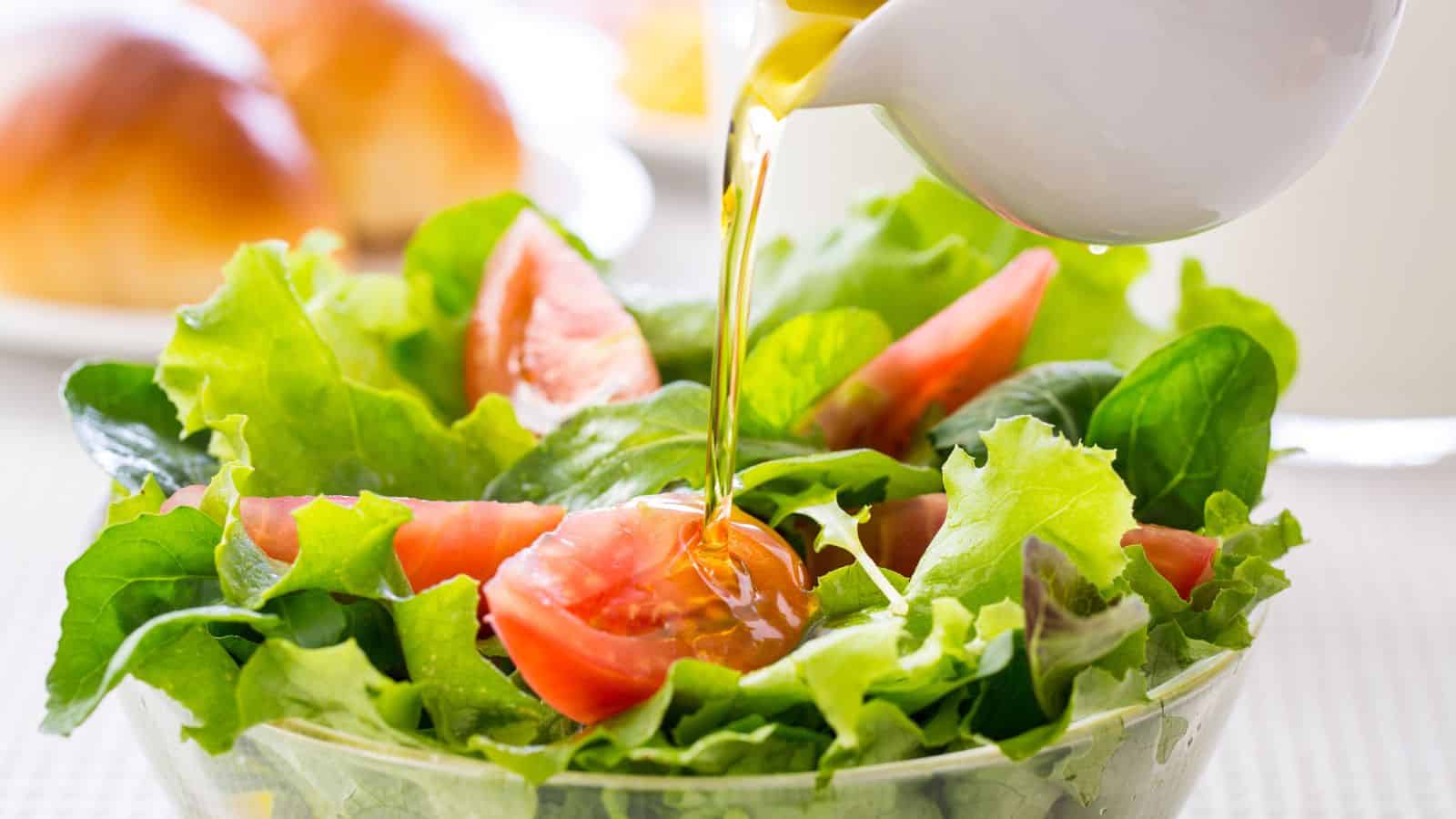
Store-bought salad dressings, especially low-fat versions, can be sneaky sources of added sugar. To make up for the reduced fat, manufacturers often add sugars to enhance flavor, which can undermine the health benefits of the salad itself. Just two tablespoons of some dressings can contribute up to 5 grams of sugar. This can make a seemingly healthy meal less nutritious than intended. To keep your salad healthy, consider making your own dressing at home with simple ingredients like olive oil, vinegar, and herbs, allowing you to control the sugar content.
Tomato Sauce
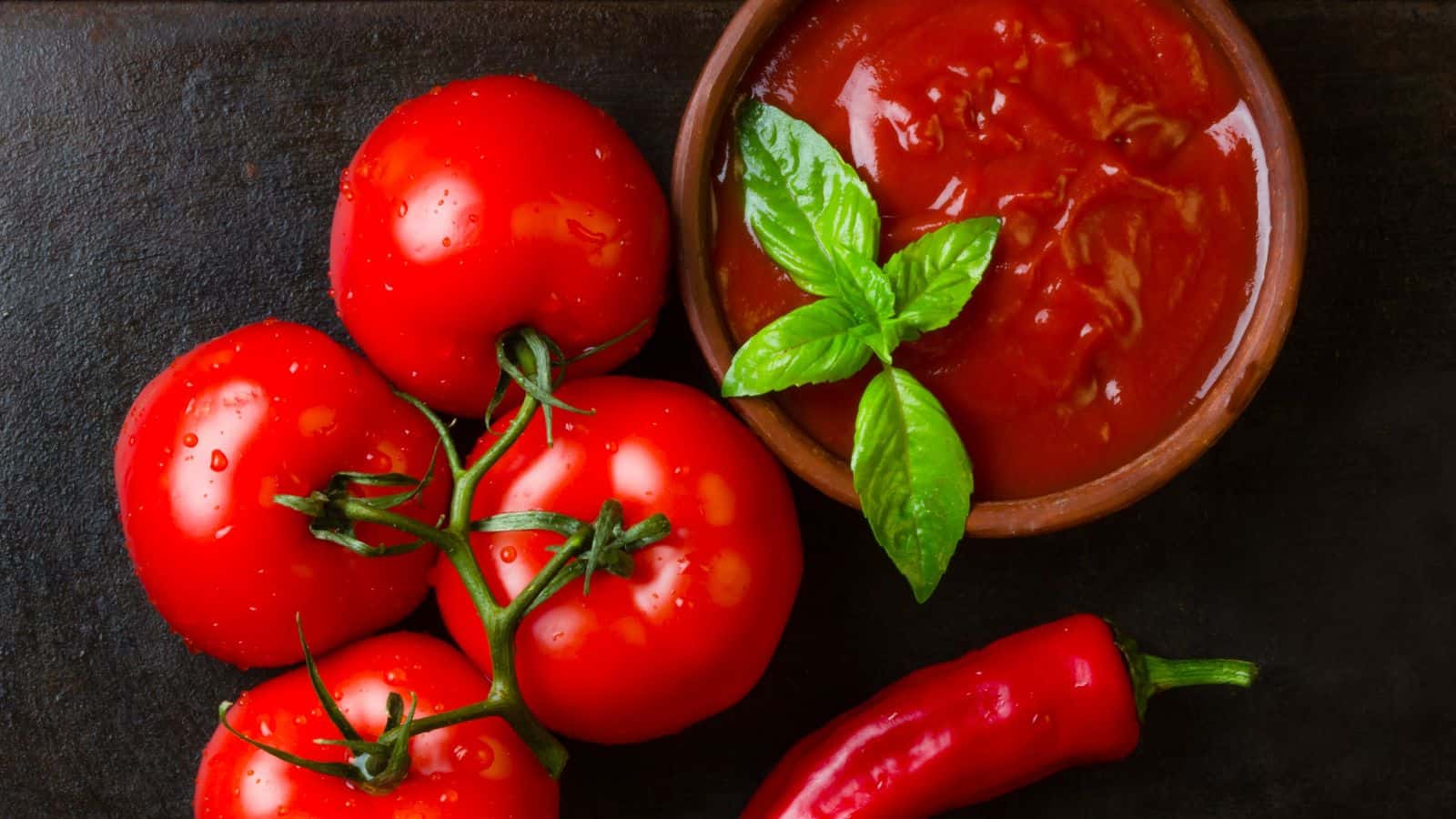
Frequently paired with pasta, tomato sauce is a staple in many kitchens, often used in pasta dishes and pizzas. However, many commercial varieties contain added sugars to counterbalance the natural acidity of tomatoes. In some cases, one cup of tomato sauce can have up to 12 grams of sugar, which can be surprising for those trying to watch their sugar intake. This hidden sweetness can turn a simple pasta dish into a sugary meal without you even realizing it. When choosing tomato sauce, look for options with no added sugars or make your own at home to ensure it’s as healthy as possible.
Granola

Advertised as a healthy food, granola can be surprisingly high in sugar. Many commercial granolas contain added sweeteners like honey, maple syrup, or brown sugar, which can push the sugar content to as high as 12 grams per serving. This is especially true for granolas loaded with dried fruits and chocolate. While granola can provide some health benefits, such as fiber and whole grains, the high sugar content can negate these advantages. To enjoy granola without the extra sugar, consider making your own at home or choosing brands that use minimal sweeteners.
Instant Oatmeal

Instant oatmeal is a convenient breakfast choice for many, but it often comes with hidden sugars. Many flavored varieties can contain as much as 14 grams of sugar per serving, which can make them less healthy than traditional oats. While instant oatmeal is quick to prepare, the added sugars can turn a wholesome meal into a sugary treat. To keep your breakfast nutritious, consider opting for plain instant oatmeal and adding your own toppings, like fresh fruit or a sprinkle of cinnamon, to control the sweetness and keep it healthy.
Flavored Yogurt
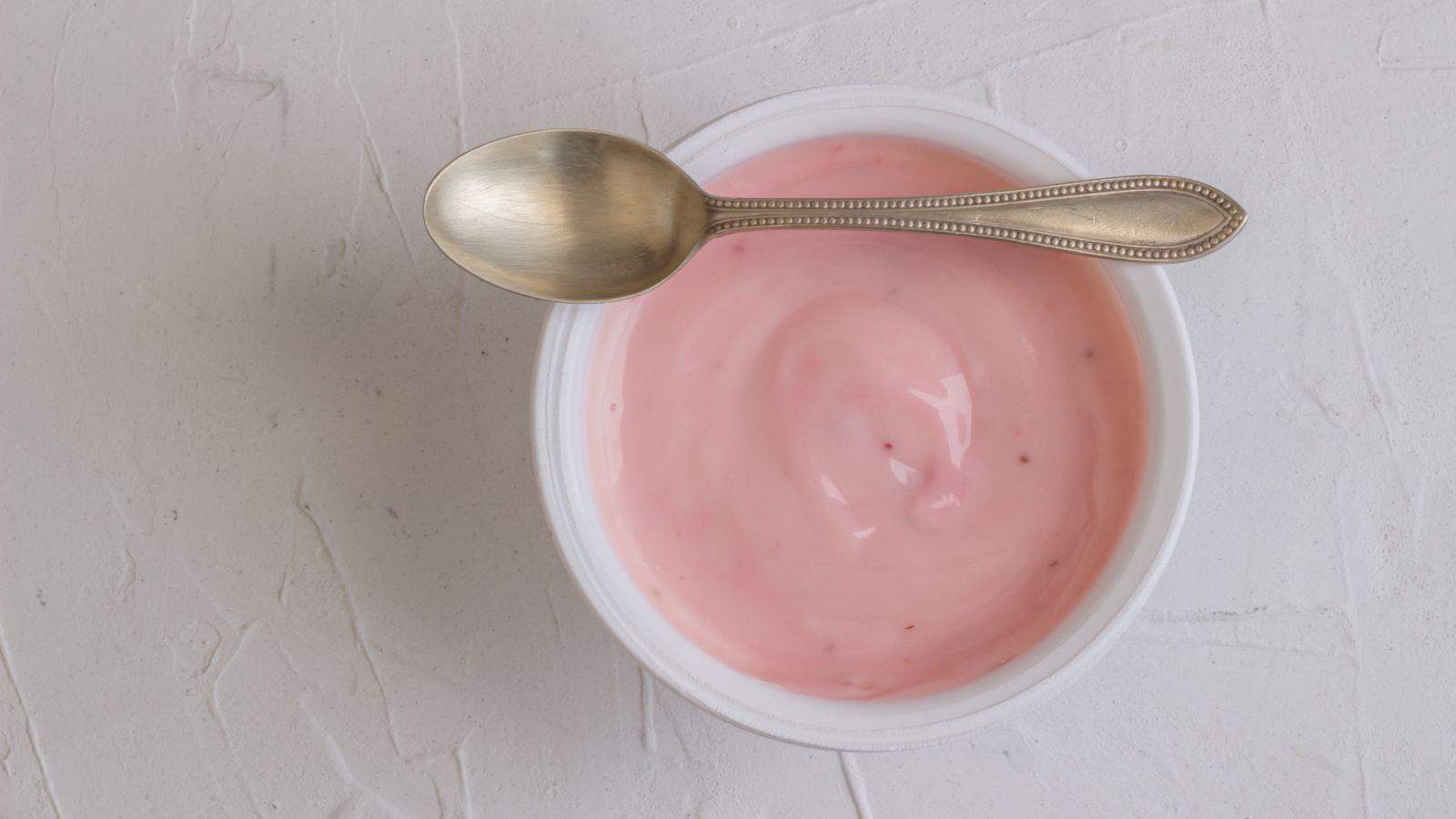
Flavored yogurts, despite offering probiotics, can be packed with sugar. A single serving of flavored yogurt can contain up to 20 grams of sugar, making it more like a dessert than a nutritious choice. Many brands add sweeteners to enhance the flavor, which can overshadow the health benefits of the probiotics found in yogurt. To enjoy yogurt without the extra sugar, consider choosing plain yogurt and adding fresh fruit or a drizzle of honey for sweetness, allowing you to control the sugar content while still enjoying a tasty treat.
Canned Soup

Canned soup is a convenient meal option, but many varieties contain added sugars that can surprise you. Creamy soups and tomato-based soups often have sugar added to improve their flavor, with some servings containing up to 8 grams of sugar. This can be unexpected for a savory dish that is typically thought of as healthy. When shopping for canned soup, it’s important to read the labels carefully to find options with lower sugar content or consider making homemade soup where you can control the ingredients and avoid unnecessary sugars.
Bread

Even whole grain or multigrain bread can include added sugars. One slice of bread can have up to 4 grams of sugar, which can add up quickly if you’re not mindful of how much you consume. This hidden sugar can contribute to your overall daily intake without you realizing it. To make healthier choices, it’s a good idea to read labels when shopping for bread and opt for brands that minimize added sugars or choose whole grain options that focus on natural ingredients.
Peanut Butter
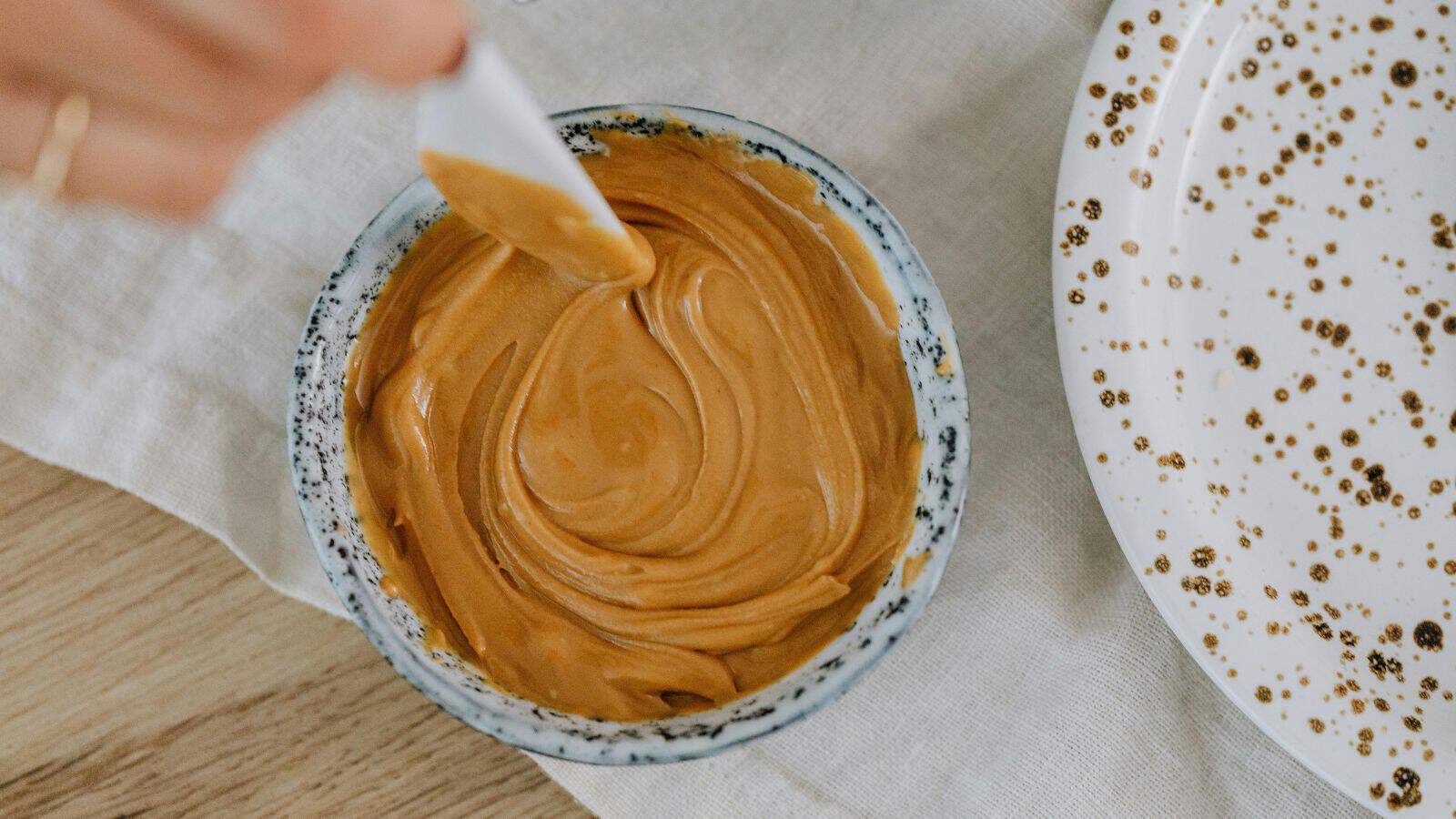
Peanut butter is often considered a healthy source of protein and healthy fats, but many commercial brands add sugar to enhance the flavor and texture. Just two tablespoons of some peanut butter can contain up to 3 grams of sugar, which can be surprising for a product that is typically seen as nutritious. To avoid the added sugars, look for natural peanut butter that contains only peanuts and salt. This way, you can enjoy the health benefits without the extra sweetness that comes from added sugars.
Protein Bars

Protein bars are often marketed as a healthy snack or meal replacement, but many of them contain significant amounts of sugar. Some protein bars can have over 20 grams of sugar per serving, which can rival the sugar content found in candy bars. While they may provide protein and energy, the high sugar content can make them less healthy than they appear. When choosing a protein bar, it’s essential to read the nutrition label carefully and look for options with lower sugar content and more wholesome ingredients.
Coleslaw

Coleslaw is a popular side dish often served at barbecues and picnics, but it can be surprisingly high in sugar. The sweetness typically comes from the dressing, which can contain added sugars that quickly add up. A typical serving of coleslaw may contain up to 4 grams of sugar, which can be unexpected for a vegetable-based dish. If you enjoy coleslaw, consider making your own dressing at home using healthier ingredients, allowing you to control the sugar content while still enjoying this classic side dish.
Baked Beans

Baked beans are often a favorite side dish, especially at cookouts, but they can be unexpectedly high in sugar. The sweet sauce that beans are cooked in can contribute to a sugar content of up to 12 grams per cup. This sweetness can come from ingredients like molasses or brown sugar, making baked beans a less healthy option than they might seem. If you enjoy baked beans, it’s a good idea to read labels carefully or consider making your own version at home, allowing you to control the sugar content.
Teriyaki Sauce

Teriyaki sauce is a popular ingredient in many Asian dishes, known for its sweet and savory flavor. However, it can be quite sugary, with just one tablespoon containing up to 3 grams of sugar. This sweetness can accumulate quickly when used in cooking or as a marinade. While teriyaki sauce can enhance the flavor of dishes, it’s important to be mindful of how much you use. To enjoy the taste without the extra sugar, consider using it sparingly or looking for low-sugar alternatives that still provide the delicious flavor you love.
Dried Fruit

Dried fruit is often seen as a healthy snack option, but it can be sneakily high in sugar. The drying process concentrates the natural sugars in the fruit, and some varieties also have added sugars to enhance sweetness. A small serving of dried fruit can contain a surprising amount of sugar, making it easy to consume more than you realize. While dried fruit can be a good source of nutrients, it’s important to be mindful of portion sizes and choose varieties without added sugars to keep your snack healthy.
15 Common Grocery Items That Contain More Chemicals Than Nutrients
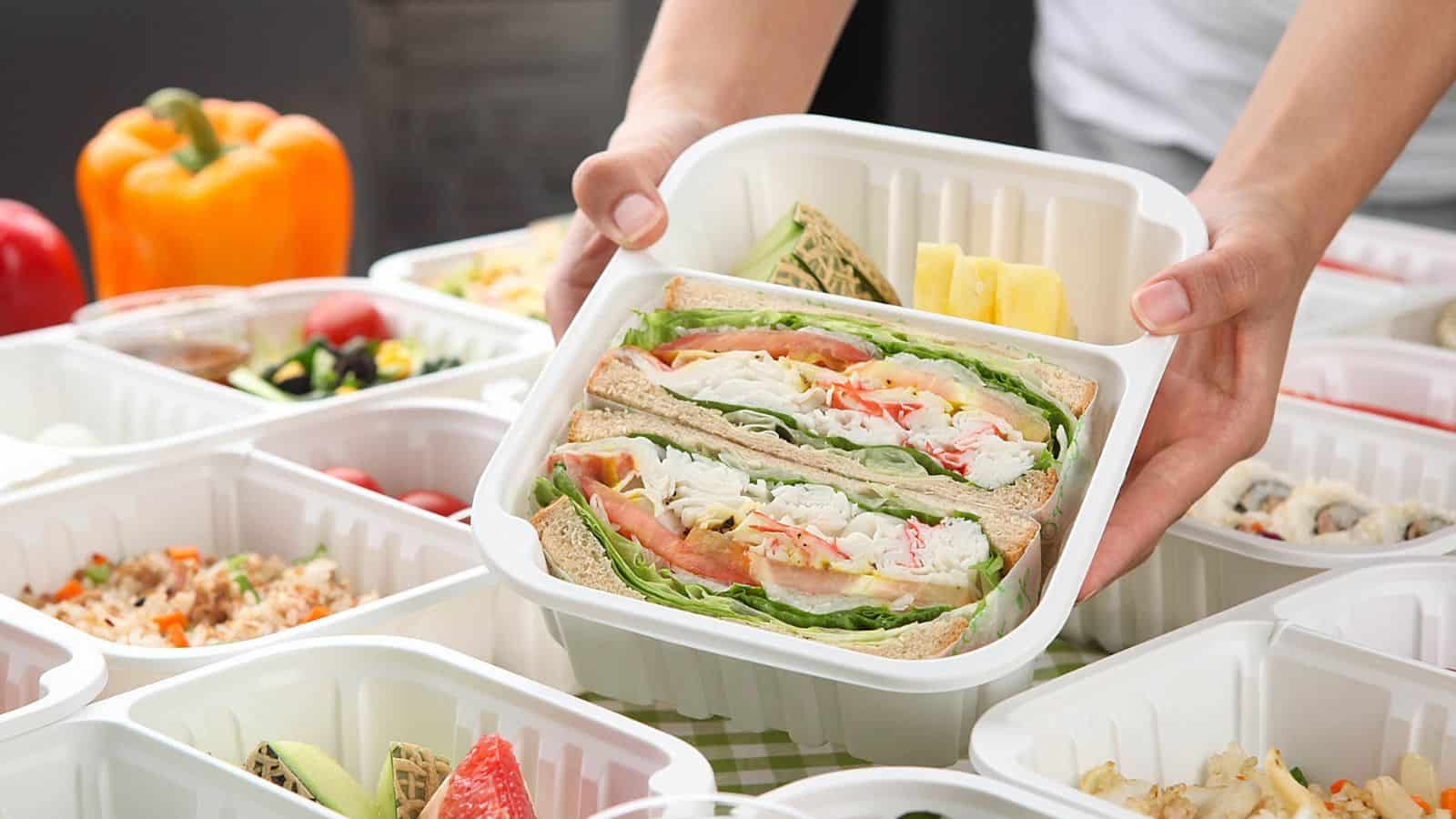
Read more about what you'll consume! Walking through the grocery store, it's tempting to fill your cart with convenient, flavorful items. However, many of these everyday products are packed with more chemicals than actual nutrients. These 15 grocery items with a lot of chemicals often contain preservatives, artificial flavors, and other additives that are difficult to pronounce, let alone understand. While they might taste great, they often lack the essential nutrients your body needs.
Read More Here: 15 Common Grocery Items That Contain More Chemicals Than Nutrients
11 Foods and Beverages You Didn't Know Were Causing Your Aches and Pains

Some foods and drinks could be the cause of your discomfort. Many people experience aches and pains without realizing that their diet might contribute to their discomfort. Certain foods or drinks can trigger inflammation in the body, leading to joint pain, muscle soreness, and other physical discomforts. While genetics and lifestyle factors play a role in chronic pain, diet is often an overlooked aspect of pain management. Some common foods, even those considered healthy, can exacerbate inflammation and contribute to ongoing discomfort.
Read More Here: 11 Foods and Beverages You Didn't Know Were Causing Your Aches and Pains

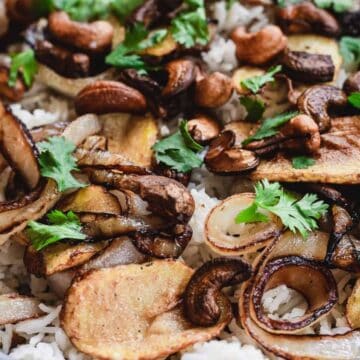
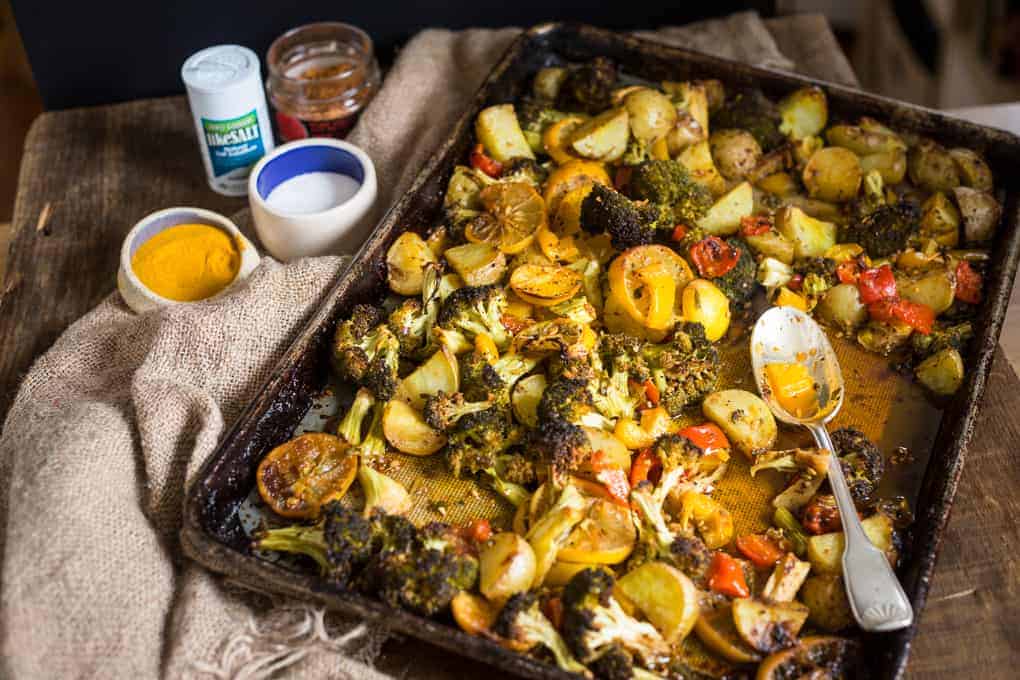
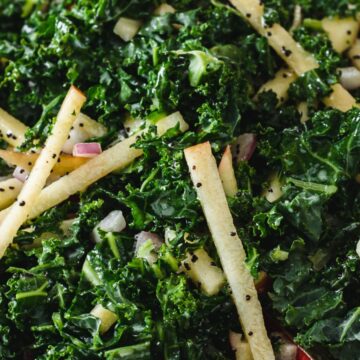


Tell Me What You Think!